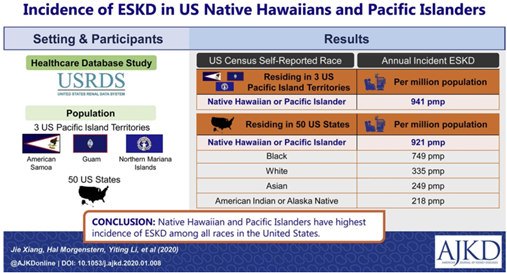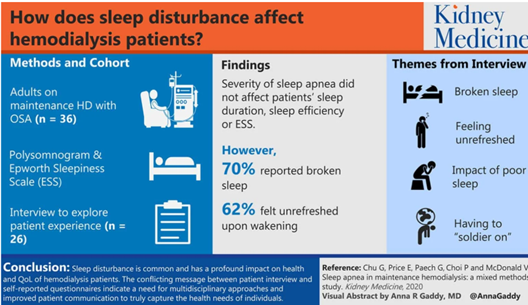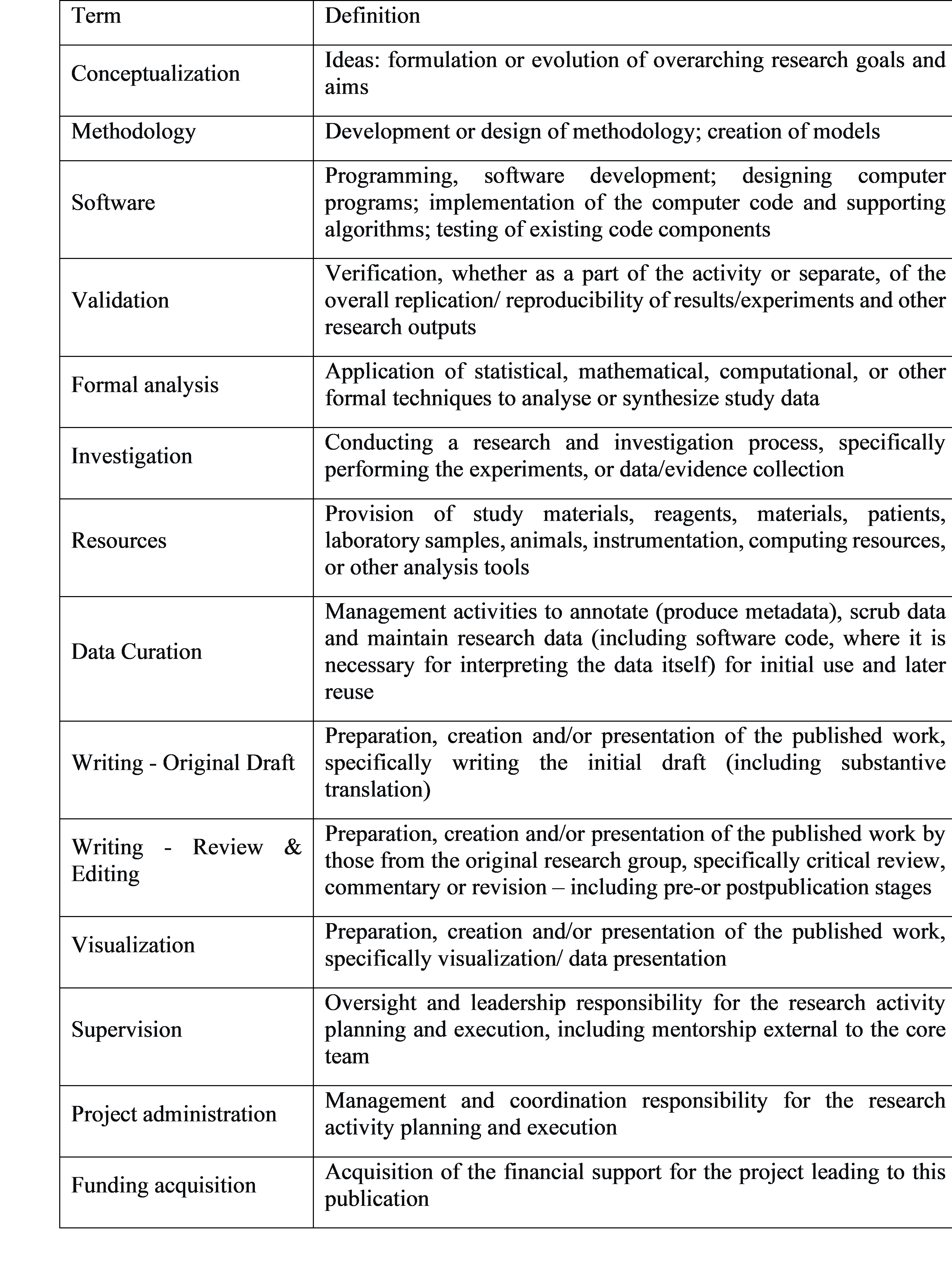AUTHOR GUIDELINES
Article types
Sustainable in Energy and Science Technology publishes original research articles that incorporate significant review components, alongside comprehensive review articles that synthesize existing literature and original research findings.
Authors are responsible for selecting the appropriate article type and section when submitting their manuscript. It is also recommended that authors specify their article type in the cover letter. Regarding paper lengths, 'Research articles' should be up to 4,500 words while 'Review articles' should be up to 8,000 words. These word counts exclude the title, author names and affiliations, keywords, abbreviations, table/figure captions, acknowledgments, and references. Authors must indicate the word count of their manuscript beneath the abstract at the time of submission. Any deviations from these word limits must be pre-approved by the Editor in Chief prior to submission.
Writing and Formatting
- File Format
We ask authors to provide editable source files for your entire submission (including figures, tables and text graphics). Some guidelines: Save files in an editable format, using the extension .doc/.docx for Word files. A PDF is not an acceptable source file. Lay out text in a single-column format. Remove any strikethrough and underlined text from your manuscript, unless it has scientific significance related to your article. Use spell-check and grammar-check functions to avoid errors.
- Title page
Authors are required to include the following details in the title page information:
- Article title. Article titles should be concise and informative. Please avoid abbreviations and formulae, where possible, unless they are established and widely understood, e.g., DNA).
- Author names. Provide the given name(s) and family name(s) of each author. The order of authors should match the order in the submission system. Carefully check that all names are accurately spelled.
- Add affiliation addresses, referring to where the work was carried out, below the author names. Indicate affiliations using a lower-case superscript letter immediately after the author's name and in front of the corresponding address. Ensure that you provide the full postal address of each affiliation, including the country name and, if available, the email address of each author.
- Corresponding author/authors. Clearly indicate who will handle correspondence for your article at all stages of the refereeing and publication process and post-publication. This responsibility includes answering any future queries about your results, data, methodology and materials. It is important that the email address of your corresponding author/authors are kept up to date during the submission and publication process.
- Abstract
Authors are required to provide a concise and factual abstract which does not exceed 300 words. The abstract should briefly state the purpose of your research, principal results and major conclusions. Some guidelines:
- Abstracts must be able to stand alone as abstracts are often presented separately from the article.
- Avoid references. If any are essential to include, ensure that you cite the author(s) and year(s).
- Avoid non-standard or uncommon abbreviations. If any are essential to include, ensure they are defined within your abstract at first mention
- Keywords
Authors are required to provide 1 to 5 keywords for indexing purposes. Keywords should be written in English. Please try to avoid keywords consisting of multiple words (using "and" or "of"). We recommend that you only use abbreviations in keywords if they are firmly established in the field.
- Highlights
Authors are required to provide article highlights at submission. Highlights are a short collection of bullet points that should capture the novel results of your research as well as any new methods used during your study. Highlights will help increase the discoverability of your article via search engines. Some guidelines:
- Submit highlights as a separate editable file in the online submission system with the word "highlights" included in the file name.
- Highlights should consist of 3 to 5 bullet points, each a maximum of 100 characters, including spaces
- Graphical abstract
Authors are encouraged to provide a graphical abstract at submission. The graphical abstract should summarize the contents of your article in a concise, pictorial form which is designed to capture the attention of a wide readership. A graphical abstract will help draw more attention to your online article and support readers in digesting your research. Some guidelines:
- Submit your graphical abstract as a separate file in the online submission system.
- Ensure the image is a minimum of 531 × 1328 pixels (h × w) or proportionally more and is readable at a size of 5 × 13 cm using a regular screen resolution of 96 dpi.
- Our preferred file types for graphical abstracts are TIFF, EPS, PDF or MS Office files.
Example:


- Math formulae
- Submit math equations as editable text, not as images.
- Present simple formulae in line with normal text, where possible.
- Use the solidus (/) instead of a horizontal line for small fractional terms such as X/Y.
- Present variables in italics.
- Denote powers of e by exp.
- Display equations separately from your text, numbering them consecutively in the order they are referred to within your text.
- Tables
Tables must be submitted as editable text, not as images. Some guidelines:
- Place tables next to the relevant text or on a separate page(s) at the end of your article.
- Cite all tables in the manuscript text.
- Number tables consecutively according to their appearance in the text.
- Please provide captions along with the tables.
- Place any table notes below the table body. Avoid vertical rules and shading within table cells.
We recommend that you use tables sparingly, ensuring that any data presented in tables is not duplicating results described elsewhere in the article.
- Figures, images and artwork
Figures, images, artwork, diagrams and other graphical media must be supplied as separate files along with the manuscript. When submitting artwork:
- Cite all images in the manuscript text.
- Number images according to the sequence they appear within your article.
- Submit each image as a separate file using a logical naming convention for your files (for example, Figure_1, Figure_2 etc).
- Please provide captions for all figures, images, and artwork.
- Text graphics may be embedded in the text at the appropriate position. If you are working with LaTeX, text graphics may also be embedded in the file.
Please do not submit:
- Files that are too low in resolution (for example, files optimized for screen use such as GIF, BMP, PICT or WPG f iles).
- Disproportionally large images compared to font size, as text may become unreadable
- Figure captions
All images must have a caption. A caption should consist of a brief title (not displayed on the figure itself) and a description of the image. We advise you to keep the amount of text in any image to a minimum, though any symbols and abbreviations used should be explained. Provide captions in a separate file.
- Plagiarism Check
All manuscripts submitted to our journal must adhere to strict standards of academic integrity, particularly regarding originality and proper citation of sources. To uphold these standards, every manuscript will be subjected to a plagiarism check using reliable similarity detection software (e.g., Turnitin). The acceptable similarity index varies depending on the type of manuscript: for review articles, the maximum similarity index allowed is 25%, while for research or technical articles, the threshold is 20%. In both cases, no single source should contribute more than 3% of the total content. These limits exclude properly quoted material, references, and standard methodological descriptions, provided they are appropriately cited. Manuscripts exceeding the similarity index limit will be returned for revision or rejected outright, depending on the extent and nature of the overlap.
- Supplementary material
We encourage the use of supplementary materials such as applications, images and sound clips to enhance research. Some guidelines:
- Supplementary material should be accurate and relevant to the research.
- Cite all supplementary files in the manuscript text.
- Submit supplementary materials at the same time as your article. Be aware that all supplementary materials provided will appear online in the exact same file type as received. These files will not be formatted or typeset by the production team.
- Include a concise, descriptive caption for each supplementary file describing its content.
- Provide updated files if at any stage of the publication process you wish to make changes to submitted supplementary materials.
- Do not make annotations or corrections to a previous version of a supplementary file.
- Switch off the option to track changes in Microsoft Office files. If tracked changes are left on, they will appear in your published version.
- Data statement
To foster transparency, you are required to state the availability of any data at submission. Ensuring data is available may be a requirement of your funding body or institution. If your data is unavailable to access or unsuitable to post, you can state the reason why (e.g., your research data includes sensitive or confidential information such as patient data) during the submission process. This statement will appear with your published article.
Article Structure
- Article sections
- Divide your article into clearly defined and numbered sections. Number subsections 1.1 (then 1.1.1, 1.1.2, ...), then 1.2, etc.
- Use the numbering format when cross-referencing within your article. Do not just refer to "the text."
- You may give subsections a brief heading. Headings should appear on a separate line.
- Do not include the article abstract within section numbering.
- Introduction
The introduction should clearly state the objectives of your work. We recommend that you provide an adequate background to your work but avoid writing a detailed literature overview or summary of your results.
- Material and Methods
The methods section should provide sufficient details about your materials and methods to allow your work to be reproduced by an independent researcher. Some guidelines:
- If the method you used has already been published, provide a summary and reference the originally published method.
- If you are quoting directly from a previously published method, use quotation marks and cite the source.
- Describe any modifications that you have made to existing methods.
- Results
Results should be clear, concise and reproducible. We advise you to read the sections in this guide on supplying tables, artwork, supplementary material and sharing research data.
- Discussion
The discussion section should explore the significance of your results but not repeat them. We recommend that you avoid the use of extensive citations and discussion of published literature in the discussion section.
- Conclusion
The conclusion section should present the main conclusions of your study. You may have a stand-alone conclusions section or include your conclusions in a subsection of your discussion or results and discussion section.
- Glossary
Please provide definitions of field-specific terms used in your article, in a separate list.
- Acknowledgements
Include any individuals who provided you with help during your research, such as help with language, writing or proof reading, in the acknowledgements section. Acknowledgements should be placed in a separate section which appears directly before the reference list. Do not include acknowledgements on your title page, as a footnote to your title, or anywhere else in your article other than in the separate acknowledgements section.
- CRediT author statement
CRediT offers authors the opportunity to share an accurate and detailed description of their diverse contributions to the published work.
- The corresponding author is responsible for ensuring that the descriptions are accurate and agreed by all authors
- The role(s) of all authors should be listed, using the relevant above categories
- Authors may have contributed in multiple roles
CRediT statements should be provided during the submission process and will appear above the acknowledgment section of the published paper as shown further below.

Sample CRediT author statement:
Zxxxx: Conceptualization, Methodology, Software Pxxxx.: Data curation, Writing- Original draft preparation. Wxxxx: Visualization, Investigation. Jxxxx: Supervision.: Axxxx: Software, Validation.: Sxxxx: Writing- Reviewing and Editing,
- Funding sources
Authors must disclose any funding sources who provided financial support for the conduct of the research and/or preparation of the article. The role of sponsors, if any, should be declared in relation to the study design, collection, analysis and interpretation of data, writing of the report and decision to submit the article for publication. If funding sources had no such involvement this should be stated in your submission.
List funding sources in this standard way to facilitate compliance to funder's requirements: Funding: This work was supported by the National Institutes of Health [grant numbers xxxx, yyyy]; the Bill & Melinda Gates Foundation, Seattle, WA [grant number zzzz]; and the United States Institutes of Peace [grant number aaaa].
It is not necessary to include detailed descriptions on the program or type of grants, scholarships and awards. When funding is from a block grant or other resources available to a university, college, or other research institution, submit the name of the institute or organization that provided the funding.
If no funding has been provided for the research, it is recommended to include the following sentence: This research did not receive any specific grant from funding agencies in the public, commercial, or not-for-profit sectors.
- References
References within text
Any references cited within your article should also be present in your reference list and vice versa. Some guidelines:
- References cited in your abstract must be given in full.
- We recommend that you do not include unpublished results and personal communications in your reference list, though you may mention them in the text of your article
- Any unpublished results and personal communications included in your reference list must follow the standard reference style of the journal. In substitution of the publication date add "unpublished results" or "personal communication."
- References cited as "in press" imply that the item has been accepted for publication.
- Linking to cited sources will increase the discoverability of your research
Before submission, check that all data provided in your reference list are correct, including any references which have been copied. Providing correct reference data allows us to link to abstracting and indexing services such as Scopus, Crossref and PubMed. Any incorrect surnames, journal or book titles, publication years or pagination within your references may prevent link creation.
We encourage the use of Digital Object Identifiers (DOIs) as reference links as they provide a permanent link to the electronic article referenced.
Reference format
This journal use the the Elsevier-Vancouver style on reference formatting at submission. Some guidelines:
- Author names, journal or book titles, chapter or article titles, year of publication, volume numbers, article numbers or pagination must be included
- Use of DOIs is recommended.
Our journal reference style will be applied to your article after acceptance, at proof stage. If required, at this stage we will ask you to correct or supply any missing reference data.
Example:
Reference to a journal publication:
[1] Mazumdar P, Pratama H, Lau S-E, Teo CH, Harikrishna JA. Biology, phytochemical profile and prospects for snake fruit: An antioxidant-rich fruit of Southeast Asia. Trends in Food Science & Technology. 2019; 91:147-58.
Reference to a book:
[2] M. Abdullah, Buku Fisika Dasar I. Bandung: Institut Teknologi Bandung, 2016.
Reference to a website:
[3] Cancer Research UK. Cancer statistics reports for the UK, http://www.cancerresearchuk.org/aboutcancer/statistics/cancerstatsreport/; 2023 [accessed 13 March 2023].
When listing web references, as a minimum you should provide the full URL and the date when the reference was last accessed. Additional information (e.g. DOI, author names, dates or reference to a source publication) should also be provided, if known.


